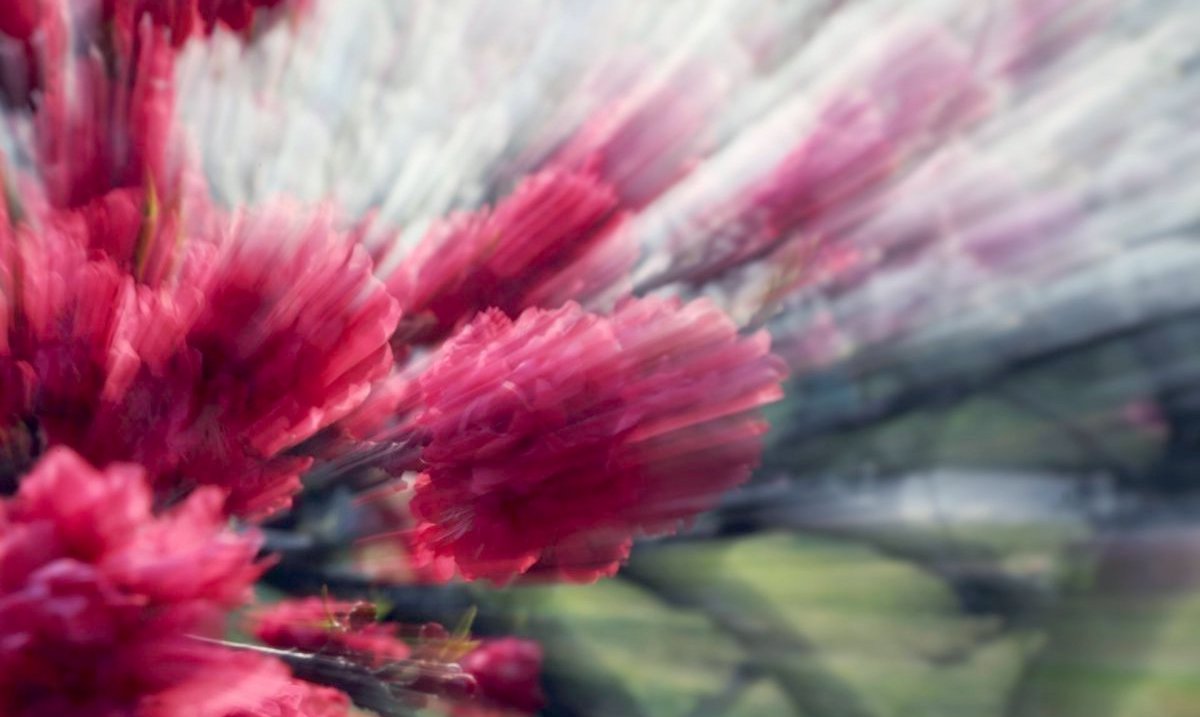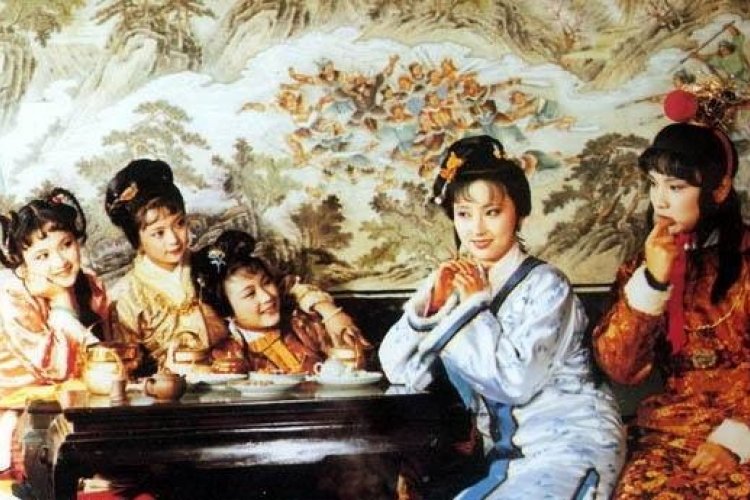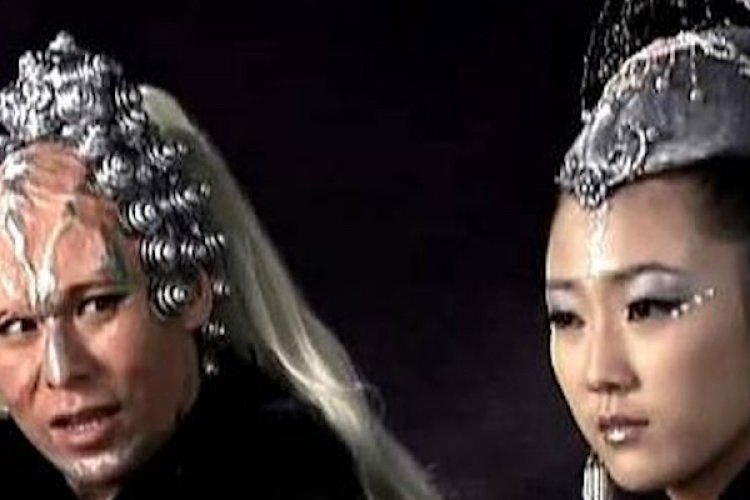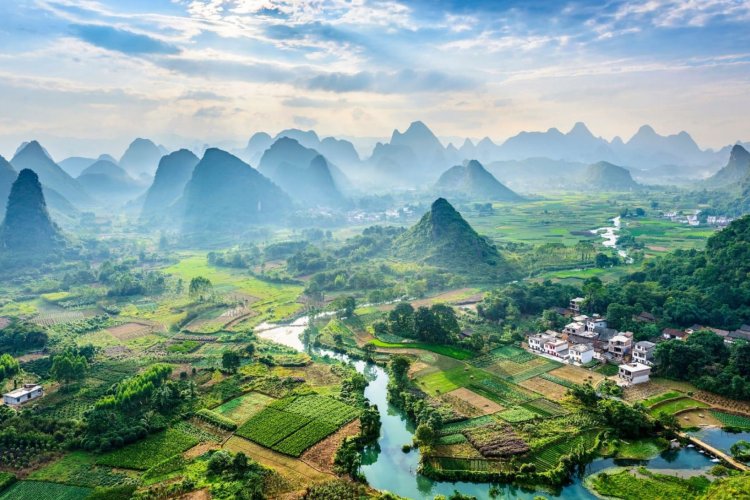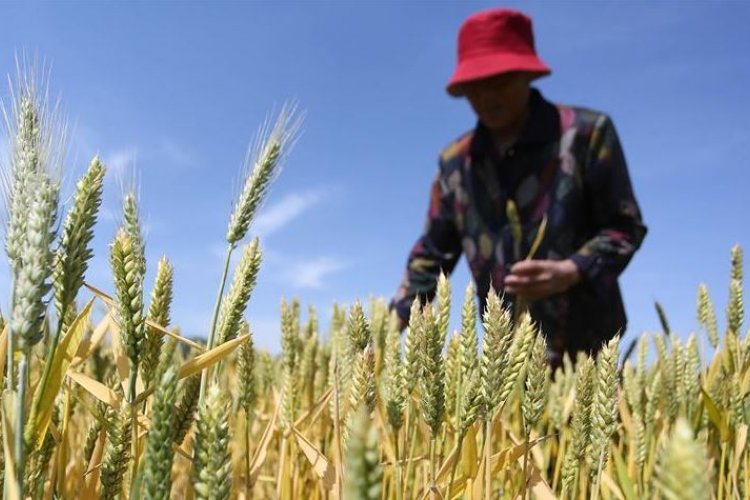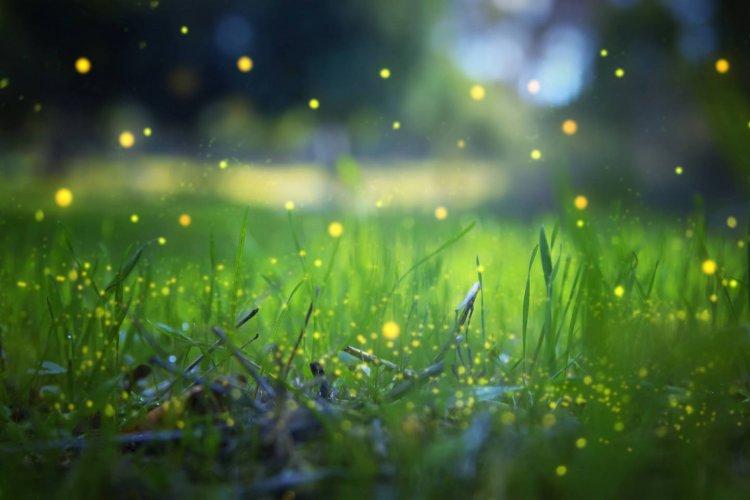The Whisper of Spring: Chinese Idioms To Help Your Vocabulary Bloom
Mandarin Monday is a weekly column where we help you improve your Chinese by detailing learning tips, fun and practical phrases, and trends.
In case you missed it, last Saturday was 春分 chūn fēn the spring equinox, and the next few days are looking mighty warm, which means the city is going to be a bouquet of beauty in no time. As spring is the time for rebirth, it's also the perfect opportunity to breathe new life into your Chinese vocabulary and let your idioms blossom – an art that the Chinese literati reveled in, never failing to find new ways of describing or rejoicing in the arrival spring.
Below are some of our favorites, each conjuring a world as lush as a garden in full bloom, and perfect to casually drop during your next stroll around one of the city's parks.
春暖花开 chūnnuǎn huā kāi – "Warm spring weather arrives and the flowers blossom."
春寒料峭 chūnhánliàoqiào – "A sudden cold snap in spring sends a shiver down your spine."
春和景明 chūn hé jǐngmíng – "The weather is mild and comfortable in spring and the scenery is colorful and bright."
春雨贵如油 chūnyǔ guì rú yóu – "Spring precipitation is more precious than the grease." This speaks to how rainfall in spring is integral to a good harvest later in the year.
春无三日晴 chūn wú sān rì qíng – "In the spring there are less than three consecutively sunny days." 三 sān here doesn’t necessarily mean three, but rather 'a few.' This speaks to how springtime weather is often quite variable.

阳春三月 yángchūn sān yuè – This refers to the third month in the lunar calendar, a time synonymous with the arrival of spring. The wealthy usually dressed in cyan and painted their carriages the same color, a reflection of the clear and bright pools of water during this time of year.
草长莺飞 cǎo zhǎng yīng fēi – "The grass grows and the warbler flutters." A popular phrase that is used to describe the lively and joyful nature of a spring scene.
桃花流水 táohuā liúshuǐ – "The peach blossoms float on the river." Another phrase beautifully captures a spring scene, and also acts as a metaphor to describe a romantic relationship between men and women.
百花齐放 bǎihuāqífàng – "Hundreds of flowers blooming at the same time." An exaggerated way to depict nature's rebirth during spring. When followed by 百家争鸣 bǎijiāzhēngmíng, the idiom is used to describe a time awash with new and diverse thoughts and values.

姹紫嫣红 chàzǐyānhóng – "Rich purple and gaudy red." An idiom frequently used to describe the color of flowers.
一年之计在于春 yī nián zhī jì zàiyú chūn – "The year’s planning starts at spring." A traditional proverb that dates back to the Tang dynasty and is often followed by 一日之计在于晨 yī rì zhī jì zàiyú chén, 'A day’s planning starts in the morning.'
春色恼人 chūnsè nǎorén – "The annoying beauty of the spring." Stunning views don’t necessarily always trigger joyfulness, when deep in sorrow, spring's ebullience can prove even more grating.
春山如笑 chūnshān rú xiào – "Mountains in spring look like a smile." Northern China's ridgelines usually look rugged and stark in the winter but are smoothed and decorated with new leaves and flowers in the early spring.
Read: A Bit of Ancient Architecture, a Dash of Flower Blossoms, and Voila!
It's Spring Time in Beijing
Images: Zeus Zou

